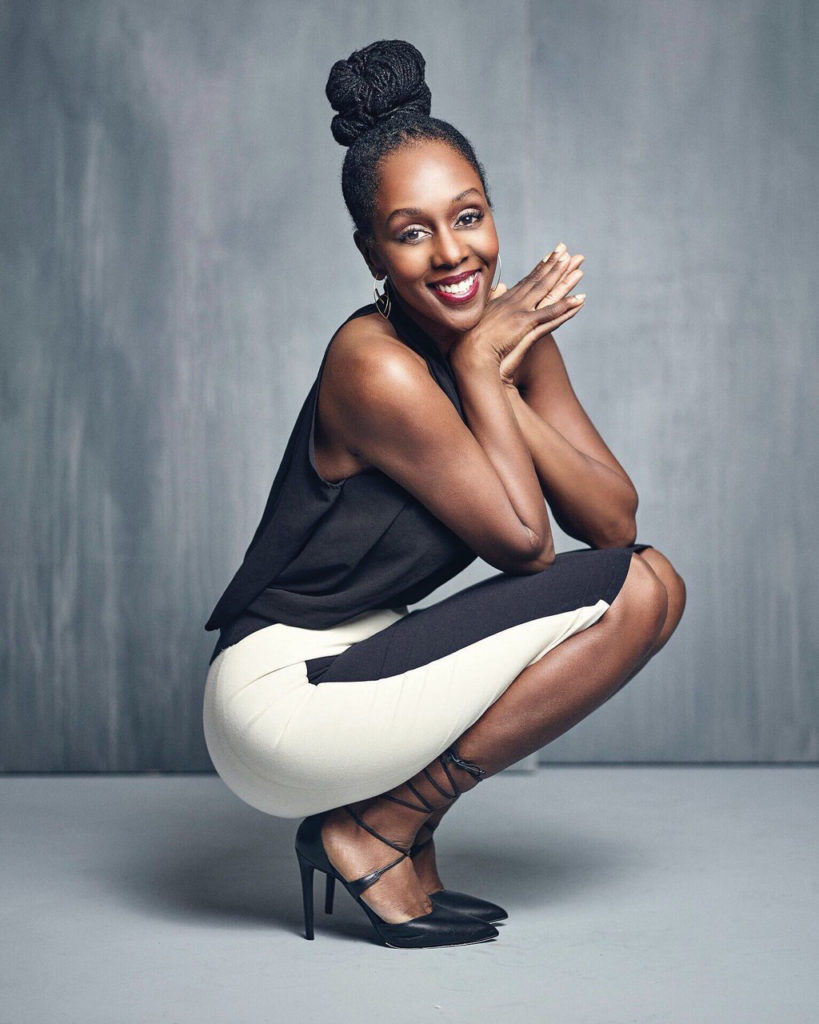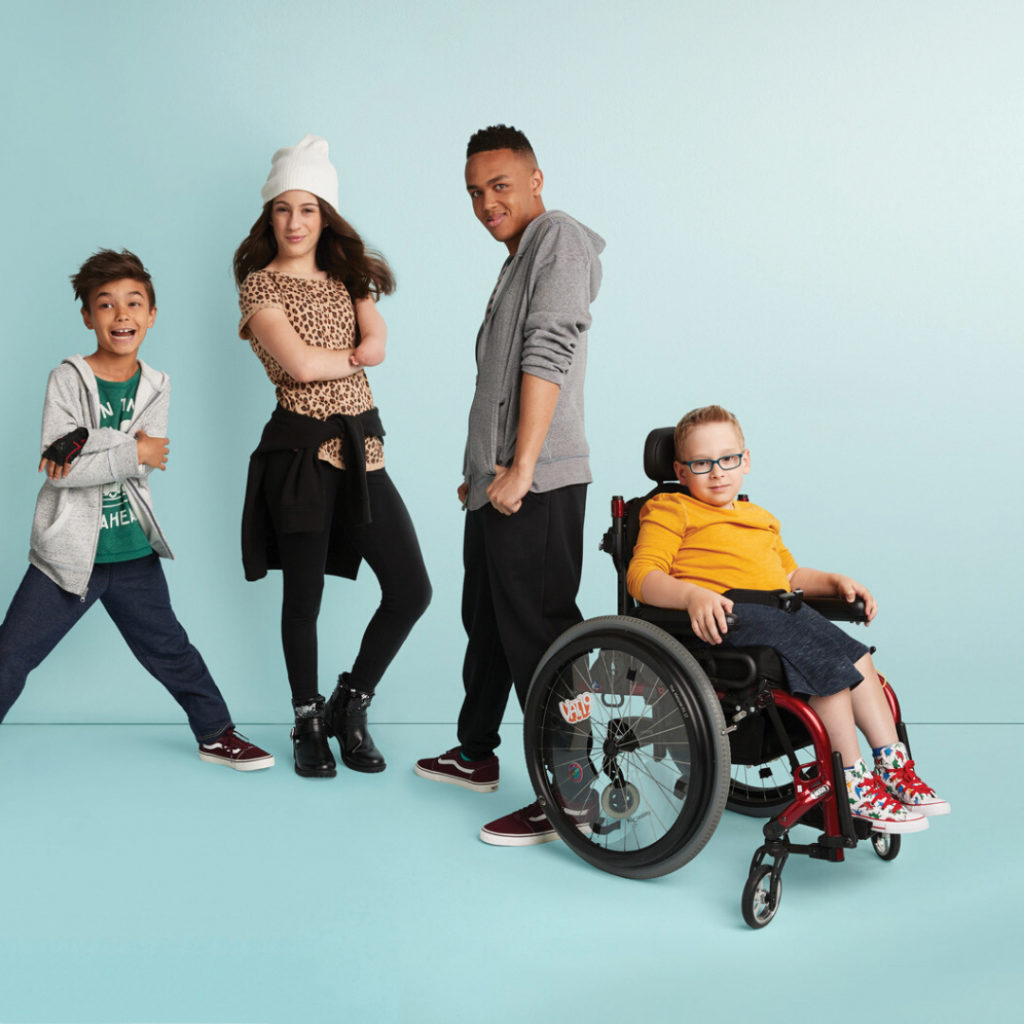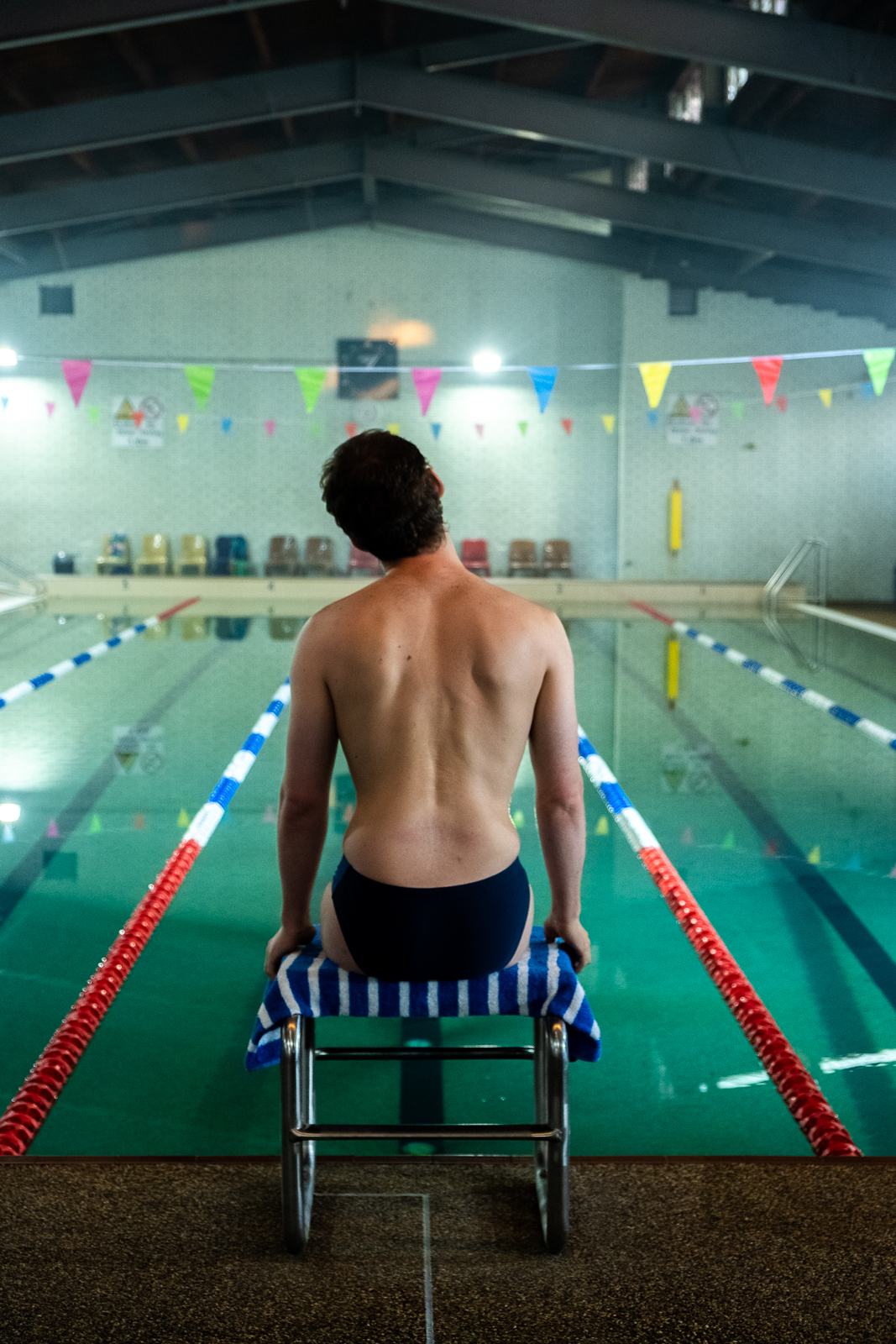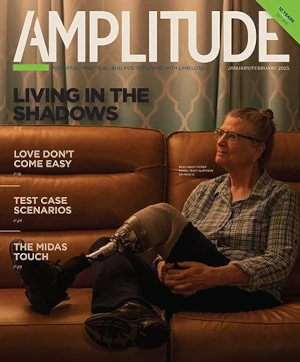By Élan Young
Stephanie Thomas Brings Disability Fashion Styling to the Forefront
Disability fashion styling trailblazer Stephanie Thomas is living her purpose. Thomas carries herself with confidence and poise and says she is happy to be fulfilling her destiny as she bridges the gap between the fashion industry and people with disabilities. She is a voice actor in Los Angeles, a professor of fashion marketing at Woodbury University in Burbank, California, and the founder of Cur8able.com, a website about dressing with disability that also features actors and influencers with disabilities. She sees her life’s work as using styling and fashion to change negative perceptions of people with disabilities in the larger culture.

Thomas herself lives with a disability; she was born missing digits on her right hand and feet. The back of her right arm and the front of her left arm show scars of surgery where bones were removed to create toes to help her walk independently. She says that having non-severe disabilities has given her access to two worlds based on how she’s treated: one where she is perceived as non-disabled by the outside world and one where her difference is seen as less than.
Thomas’ approach to fashion comes with a background in social psychology and an understanding of self-efficacy. “The majority of our communication is nonverbal,” says Thomas. “So fashion absolutely impacts how people view us and see us and respond to us.”
Thomas sees fashion as being able to help people tell their stories, but there are not enough adaptive clothing options for people with disabilities. “Wheelchair users or people who have mobility challenges might have access to a store with plenty of clothing in it, but nothing necessarily designed with your disability in mind,” she says.
Thomas says fashion was a hobby while she was growing up. Her mother taught her to sew, and she went to classes but didn’t enjoy pattern sewing that much. Instead, she preferred to find clothes at a thrift store and deconstruct them.
After high school, the native Chicagoan was set to pursue a scholarship to Kentucky State University (KSU) for voice, but then she “accidentally” became a professional cheerleader for the Chicago Bulls. “I went to an audition that was looking for cheerleaders but didn’t realize it was for the Chicago Bulls until I arrived at the auditions,” she says. “Our cheerleading squad is called The Luvabulls, and since I was not a pro-basketball fan, I did not make the connection. So that led me into two years as a cheerleader and one of four cheerleading captains my second year.” By the time she went to KSU for her bachelor’s degree, she had entered and won a preliminary pageant that led to the state competition for the Miss America scholarship pageant.
While Thomas was preparing for the Miss Kentucky state pageant, her coach noticed that she never buttoned the left cuff on her shirts. That singular moment proved to be a revelatory one that shifted Thomas’ perspective on fashion. She suddenly realized that she didn’t button it because of her missing thumb on her right hand. In her 2016 TEDx Talk, Thomas says that moment opened her eyes and changed her life. She became obsessed with her mission to open up the fashion world to create more accessible styles for people with disabilities.
These experiences laid the foundation for her self-made career path, which she says has been anything but a straight line. “I think I was designed to do this, although I had no idea when I was growing up that this was going to be my path,” she says.
Since those early days of research and trying to forge relationships with big brands, Thomas discovered that the fashion industry really had no sustaining interest or motivation in designing inclusive clothing.
In 2003, Thomas watched an episode of The Oprah Winfrey Show where it was announced that different body types would be represented in a fashion show but did not include models with disabilities. “I remember thinking that people with disabilities have to be in this show, and they weren’t,” she recalls. “So then I started calling and writing designers, and there were about five or six major designers that took an interest in what I was talking about. To my dismay, they didn’t take it seriously.” She said one brand flew her to California and walked her around their warehouse, gave her clothes, and then never took her calls again.
“I was talking to anyone with a disability who would listen to me, asking them about how they dress, making suggestions, talking with caregivers, occupational therapists, anyone,” she says. “I was on the board for independent living centers, and I just really immersed myself into the culture, and at that point I said, ‘You know what? I need to come up with something that acts as a bridge between where the fashion industry is and where it must inevitably go to be more inclusive.’”
Through frustration and limitation, Thomas developed the Disability Fashion Styling System (DFSS) in 2004 as a tool to help empower people with disabilities to dress with confidence, dignity, and self-reliance. Each article of clothing must meet these three requirements to meet the standards of her system:
Accessible—The clothes must be easy to put on and take off.
Smart—The clothing must be smart for the wearer’s health and medically safe.
Fashionable—The clothes must be loved by the wearer and fit his or her body type and lifestyle.

The system was born out of three questions that she had been asking people over the years: Is your clothing easy to get in and out of?; Is it accessible and smart for your health?; and Do you love it? Thomas has seen that these three questions provide a foundation for anyone with a disability to dress with as much dignity and independence as possible.
Now she works as a consultant for different brands and consults other fashion professionals as well. “I give them this tool and help them think through the process when they’re in the beginning stages of meeting fashion needs for people with disabilities,” she says.
For Thomas, this journey has in many ways been about creating something because she couldn’t find it available to purchase. Her styling system serves as the bridge she once envisioned between where the fashion industry is and where it must inevitably go to be more inclusive. Her role is as a stylist and thought leader, and as she styles actors and influencers with disabilities in LA, she has come to learn the power that styling can have for her clients’ reputations.
“When they were going into meetings, it wasn’t just, ‘You look good.’ The styling actually gave them more power and it helped people see them beyond their assistive technology,” she says. “Until attitudinal barriers are eradicated, people will continue to see things like wheelchairs and crutches, which provide independence, as something negative, as something that signifies mental and physical weakness.”
The wisdom and insights Thomas has gained about dressing people with disabilities will be included in her new textbook, Fitting In: An Anthology of the Social Implications of Fashion and Dressing with Disabilities, which will be released this summer.
She says it’s not a book about styling, but rather a book that explores disability as a culture. “I think of it as a textbook that is really wonderful for people who just don’t understand disability at all because we don’t talk about it in the larger culture,” she says. “Disability is not discussed in the context of social studies, history, math, or any subject in school. When do we really learn about it in school?”
Her aim with this book was to educate people who are not familiar with disability and explore the topic in a way that invites them into the conversation. Some of the articles she curated discuss communication, theoretical perspective, and disability in the media. “I’ve looked at a lot of topics and conversations that are happening in the disability community that people don’t even know exist,” she says.
Disability has given Thomas an added lens for understanding and communicating about diversity. This perspective allows others to observe social biases against marginalized groups through consideration of a culture that many people have never even thought about.
TOP IMAGE: Styled by Stephanie Thomas for Zappos Adaptive. Image courtesy of Stephanie Thomas.




